Sonar's latest blog posts
Announcing SonarSweep: Improving training data quality for coding LLMs
Recent research from Anthropic has shown that even a small amount of malicious or poor quality training data can have a massively negative impact on a model’s performance, exposing users to significant security and quality issues.
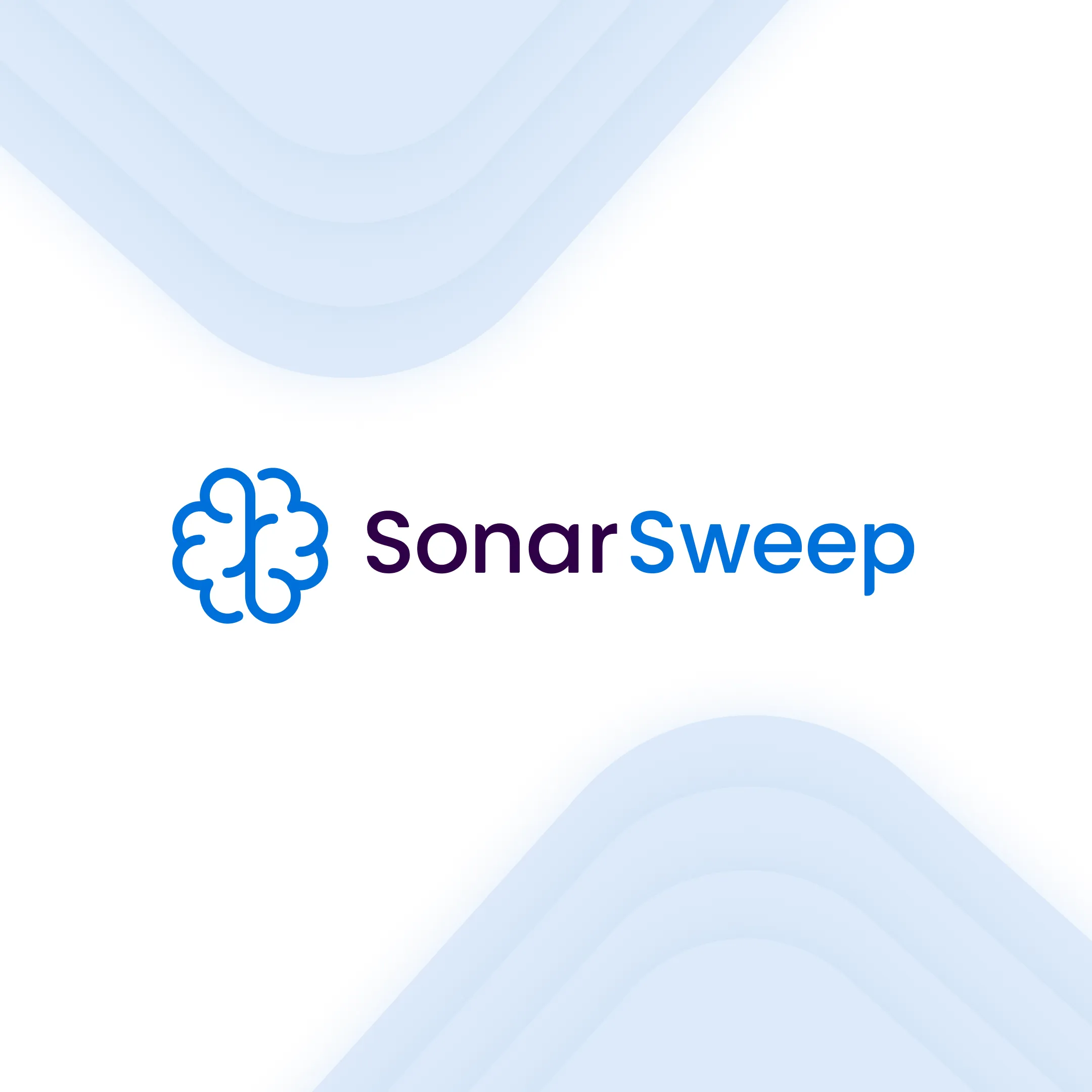
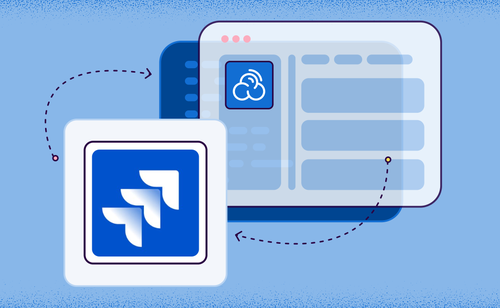
Introducing native Jira Cloud integration for SonarQube Cloud
We are excited to announce the release of our new, native Jira Cloud integration for SonarQube Cloud, available for Team and Enterprise plans. This integration streamlines the development workflow by allowing users to create Jira issues from SonarQube findings, complete with all the necessary context.
Read article >
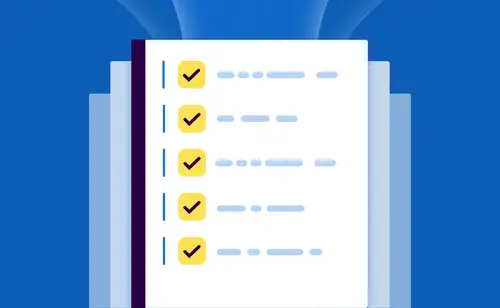
How has AI changed your workflow? Share your story in Sonar's State of Code developer survey
Artificial intelligence is rapidly changing how we develop software. But beyond the hype, how are developers like you actually using these new tools in your daily workflows?
Read article >
Get new blog posts delivered directly to your inbox!
Stay up-to-date with the latest Sonar content. Subscribe now to receive the latest blog articles.

Python Machine Learning: Care & Quality for Developers
This post will discuss machine learning (ML) in Python, examining the unique considerations for application developers as AI's role in everyday software continues to expand.
Read article >

Introducing Scoped Organization Tokens for SonarQube Cloud
Secure your CI/CD pipelines with SonarQube Cloud's Scoped Organization Tokens (SOT). A resilient, user-decoupled way to manage authentication and prevent broken builds.
Read article >

SonarQube Server 2025.5: accelerate time to market, fortify supply-chains, develop more efficiently
SonarQube Server 2025.5 addresses critical needs in modern software development, from cloud-native efficiency and supply-chain security to compliance and developer experience.
Read article >

Day in the Life: Expanding Sonar into LATAM as a Country Manager
Let's dive in and learn about his drive to expand Sonar's presence in Latin America, what a typical day looks like, and what fuels his passion both in and out of the office.
Read article >

Code Security for Conversational AI: Uncovering a Zip Slip in EDDI
Learn how SonarQube identified a Zip Slip vulnerability (CVE-2025-32779) in EDDI, an open-source conversational AI middleware.
Read article >
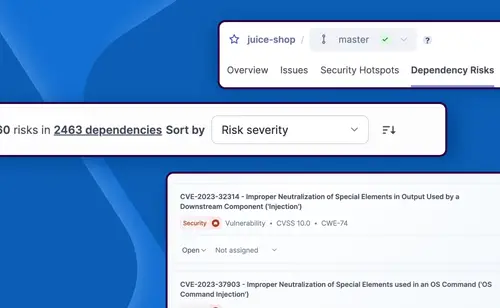
SonarQube Advanced Security now available: developer-first security for all code
Sonar is thrilled to announce a major leap forward: the General Availability (GA) of SonarQube Advanced Security! Building on the foundation trusted by over 7 million developers and 400,000 organizations for industry-leading code quality analysis, SonarQube now delivers the first fully integrated solution for developers to find and fix both code quality and code security issues across their entire codebase.
Read article >
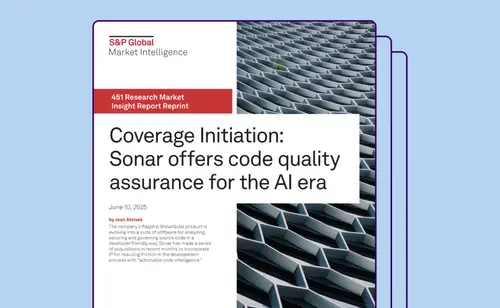
Quality assurance in the AI era: a leadership imperative, according to S&P Global Market Intelligence
In the rapidly evolving AI era, technology leaders are facing a fundamental shift in how code is created, validated, and governed.
Read article >
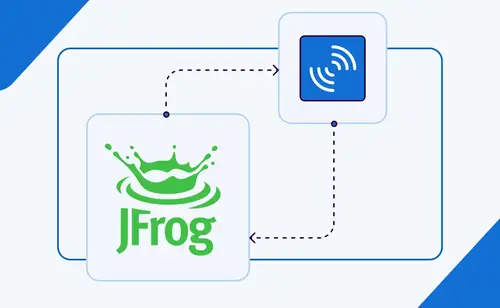
Analysis evidence from SonarQube now available in JFrog AppTrust
By integrating SonarQube's industry-leading automated code review with JFrog's new AppTrust governance platform, together we are providing the essential framework for software engineering teams to embrace AI-driven speed without compromising on control.
Read article >
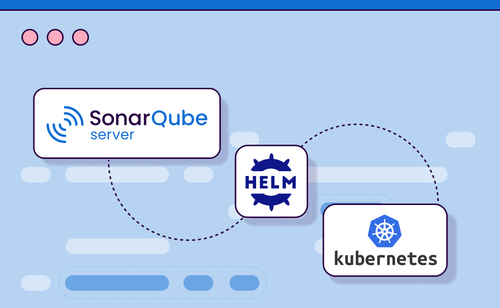
Deploying SonarQube on Kubernetes with Helm Charts
By using a Helm Chart to deploy SonarQube Server, teams can quickly provision a production-ready SonarQube Server instance with minimal configuration while adopting best practices for scalability, security, and maintainability.
Read article >